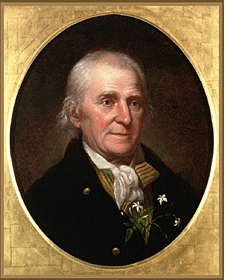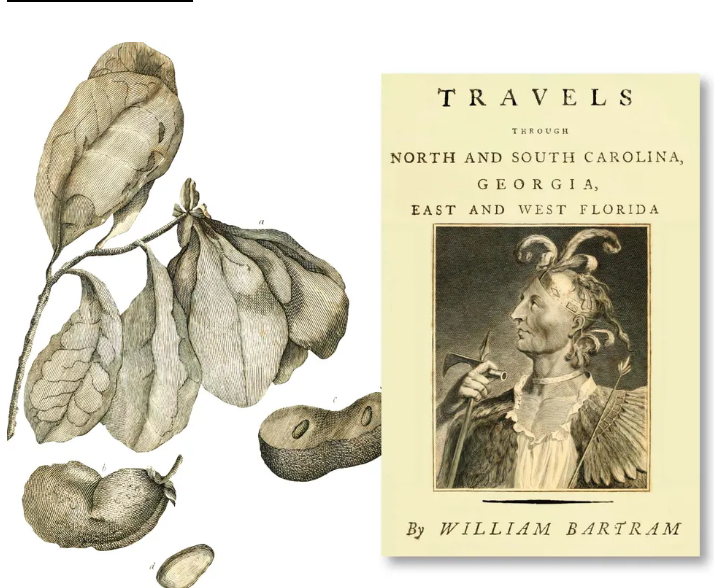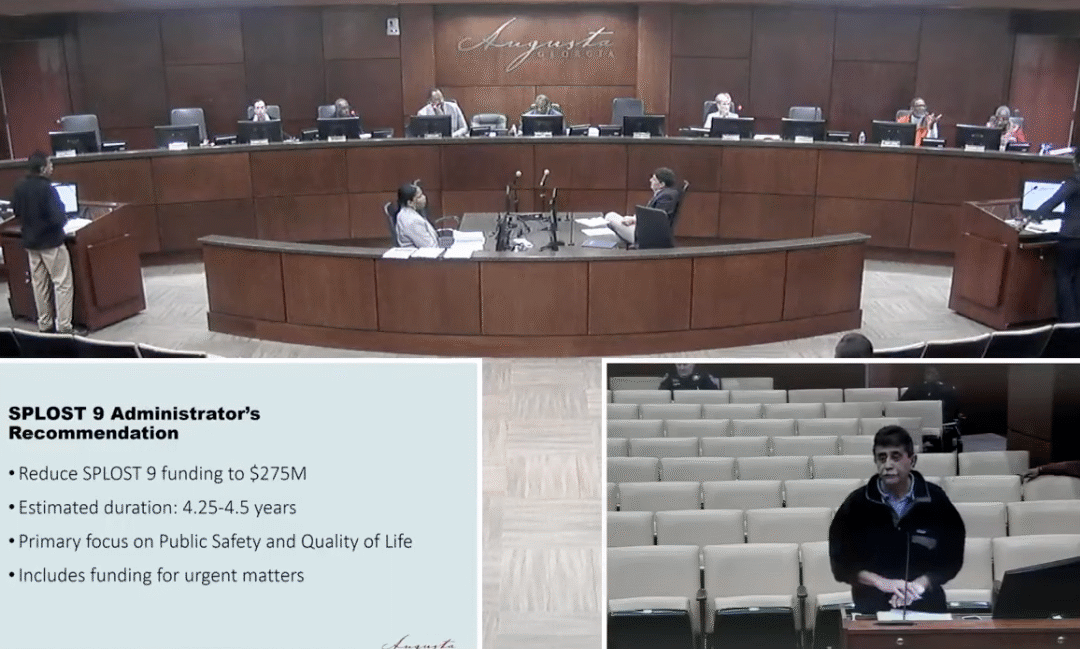Augusta has plenty to offer when it comes to outdoor experiences, but for those who want a challenge when they hike-it or bike-it, a weekend spent on the Bartram Trail is open-air bliss.
The trail is named after the internationally renowned naturalist William Bartram, the man who inspired Thomas Jefferson’s extensive studies of botany and began the push for westward expansion before the United States even became a nation.
The entirety of the Bartram Trail starts in Augusta and snakes throughout Georgia into North Carolina where it ultimately dovetails with the Appalachian Trail.
The local portion of the trail extends for 27 miles, hugging the coastline of Clarks Hill Lake from West Dam to Wildwood Park.
MORE: Richmond County Board of Education approves decommissioning schools
David Quebedeaux, park ranger for the U.S. Army Corps of Engineers, says that the modern trail is not laid out by Bartram’s exact footsteps; but rather, follows the general area of where Bartram was known to have traveled.

It is known that Bartram started in Augusta by following the Petersburg Road that snaked alongside the Savannah River with his first major stop being the town of Petersburg, an area underwater these days.
“He did not drive a stake in the ground and declare it the start of his trail It wasn’t like that at all,” Quibedeaux said.
Bartram’s trek into the unknown was quite literally “roughing it.”
Conveniences like portable propane tanks, GPS and battery flashlights did not exist, so Bartram made do with a compass, a bedroll, charcoal pencils, clay coloring pens and homemade paper.
For Bartram, sleeping under the stars meant just that.
Born into a Pennsylvania Quaker family in 1739, Bartram’s hero growing up was his father, John Bartram.
According to the Pennsylvania Center for the Book, John Bartram was hailed by the great botanist Linnaeus as “the greatest natural botanist in the world.” The senior Bartram would develop the method of identifying species using the dead Latin language.
Young William Bartram would spend his boyhood following his father into the field where they discovered previously unknown plant species, such as the Venus flytrap, or Dionaea muscipula.
The lad was also becoming a skilled illustrator and he meticulously noted down his flowering, furry and feathered discoveries.
In his adult years, Bartram became fascinated with the southernmost colony of Georgia and Spanish Florida. At the time, large English settlements such as Savannah, Augusta and Atlanta existed, but most of what lay west of Augusta was wilderness and Native American territory.

Thankfully, for Bartram, the Native Americans were friendly.
Beginning in Augusta in 1773, Bartram went on a four-year hike and documented everything he saw.
Quebedeaux says that for the average hiker, it takes two days to hike the full trail with the Petersburg Campground being a good midpoint to pitch a tent. Keep in mind though, camping is only allowed in designated areas.
In terms of wildlife, Quibedeaux says there is plenty to see, but warns people should always keep their distance; otherwise, hiking the trail is a safe and fun adventure.
“The one thing you really need to look out for is poison ivy,” Quebedeaux said.
…And that is something you may not have known.
Scott Hudson is the Senior Investigative Reporter and Editorial Page Editor for The Augusta Press. Reach him at scott@theaugustapress.com











